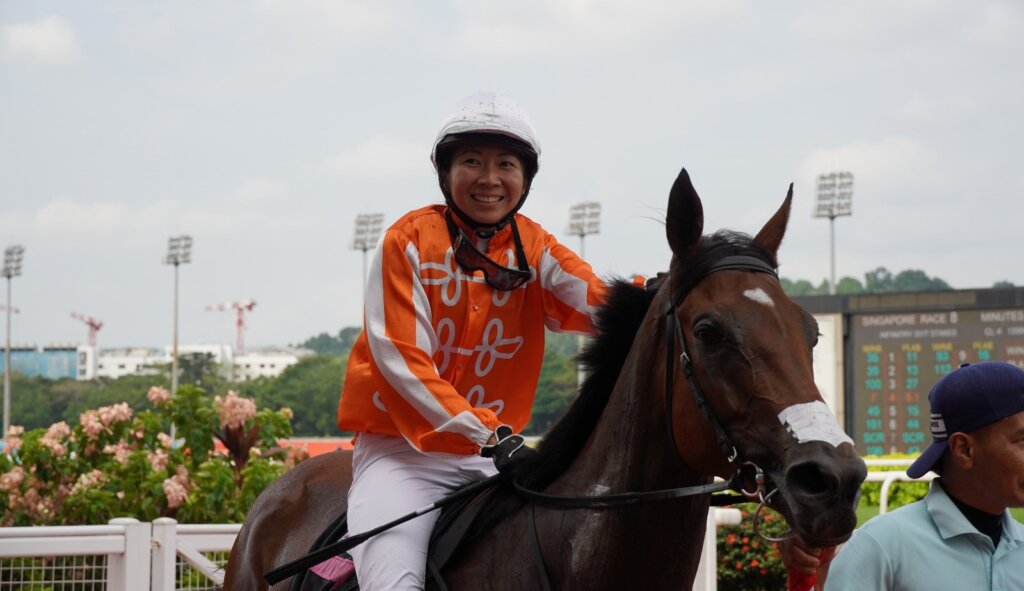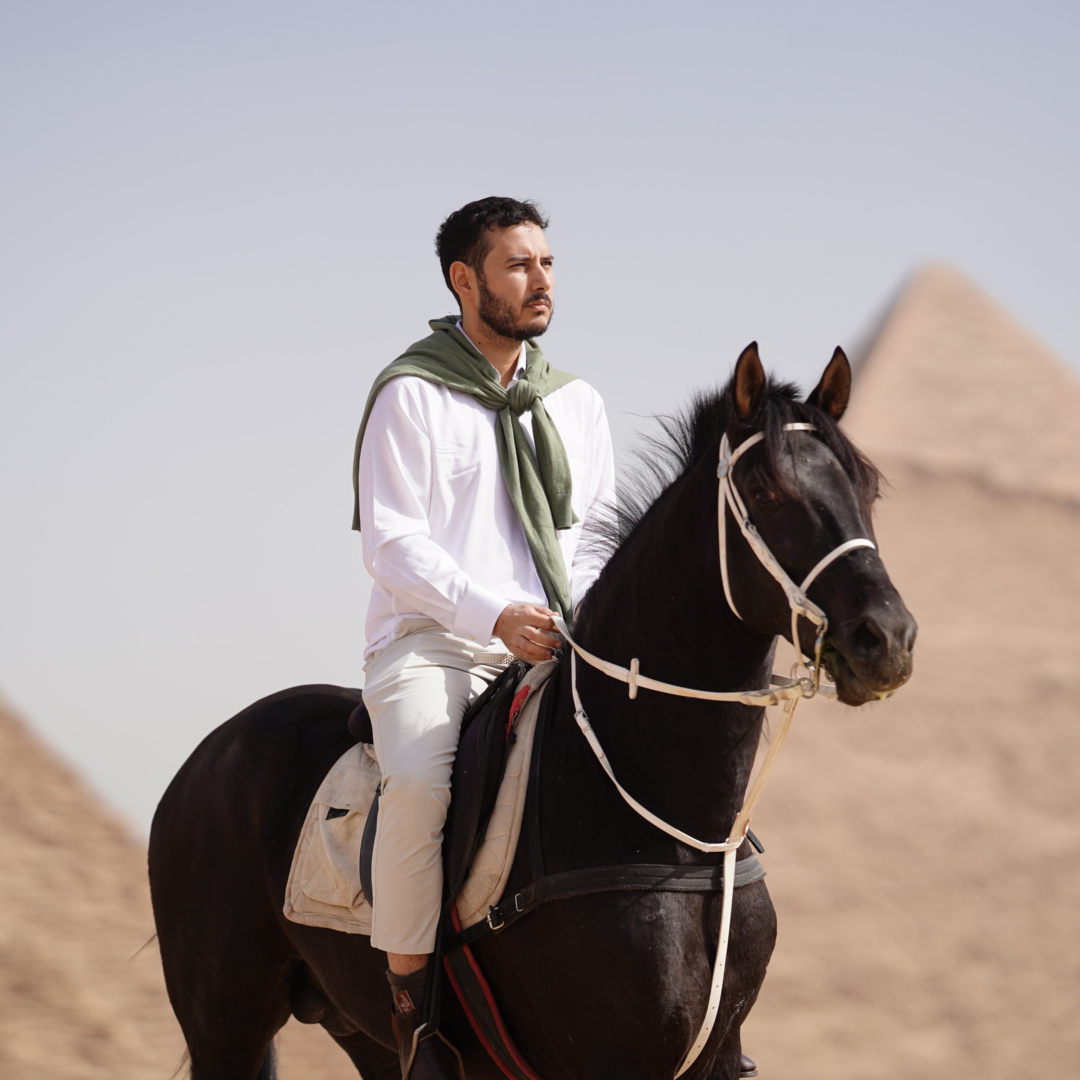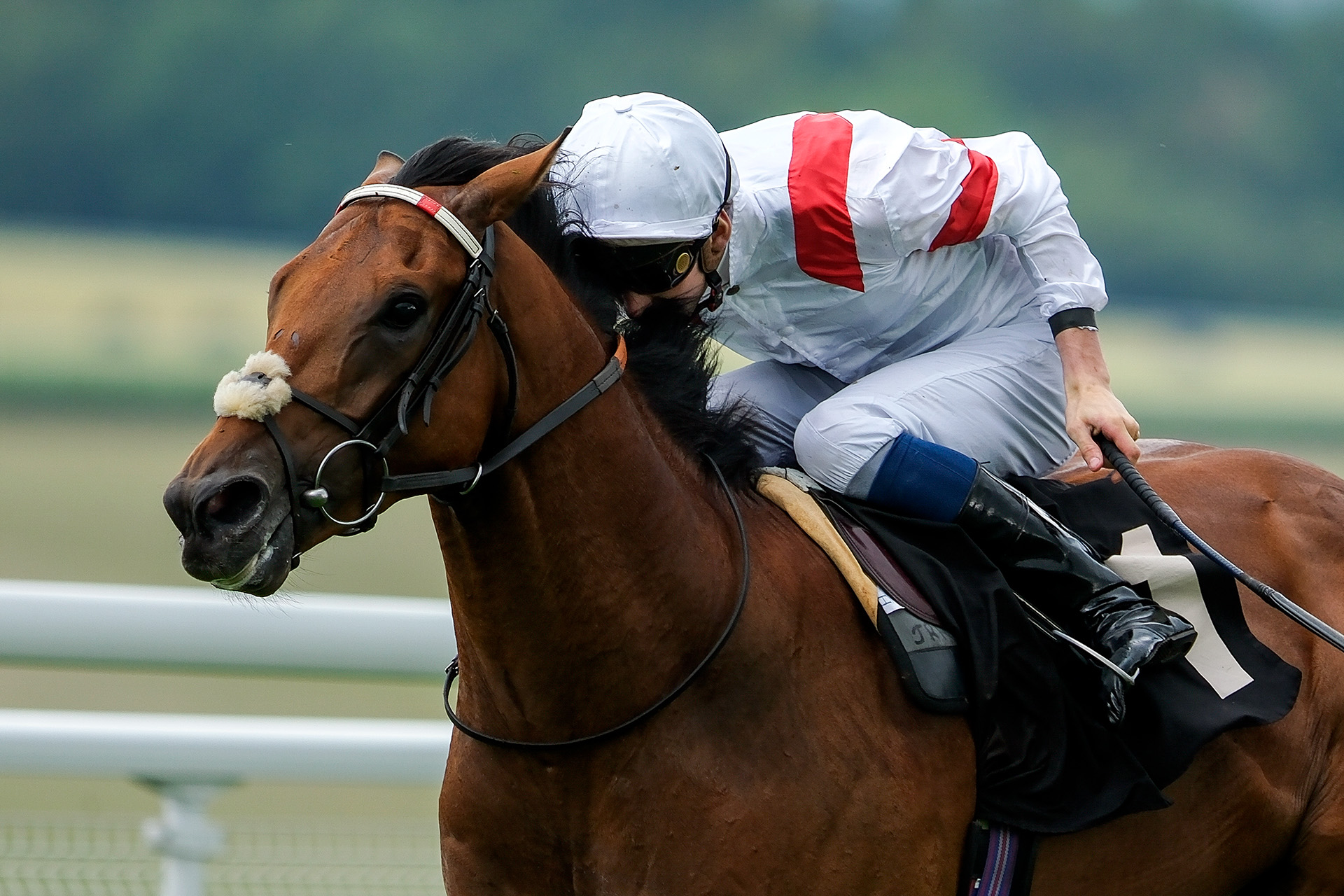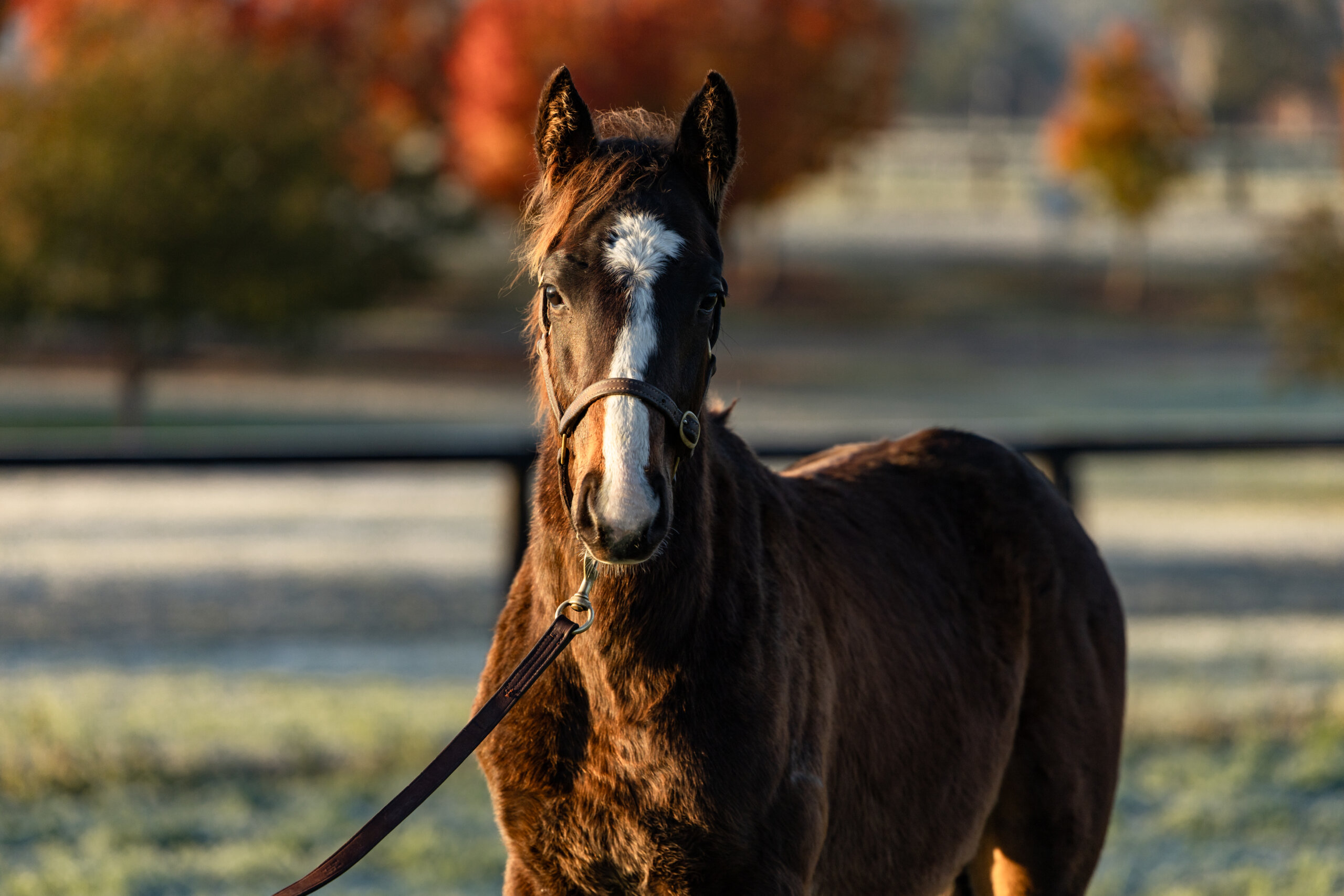For so long, Singapore was the sleeping dragon of Asian racing.
At times, the dragon would show signs of stirring, ready to capitalise on an enviable infrastructure base and strong and steady support across Asia, Australia and New Zealand. It had all the elements to become a logical partner to Hong Kong within the global ecosystem.
Sadly, rather than roaring to life, the dragon that is Singapore racing will be laid to rest when Kranji hosts its final meeting on Saturday.

Although Kranji’s history dates back only 25 years, the sport’s Singapore roots are almost two centuries old. Here are five of the most memorable moments.
5. Ouzo Christens New Kranji
Racing began in Singapore in 1842 at Farrer Park before shifting to Bukit Timah in 1933. Both were central locations but, as the industry expanded and the city developed, a new site was required which led to the construction of Kranji Racecourse, two kilometres south of the Malaysian border.
Bukit Timah closed in July 1999 with operations shifting to Kranji the following month. However, the racecourse was officially opened in March 2000 with the first Singapore Airlines International Cup run on that day.
Fittingly, it was local heroes Malcolm Thwaites and Saimee Jumaat who took the prize in front of a capacity crowd of 30,000, including president S R Nathan.
Ouzo ran down one of the great globetrotters, Francois Doumen’s Jim And Tonic, to usher in an exciting new era for Singapore racing.
4. El Dorado’s Three-Peat
While the Singapore Airlines International Cup may have been the biggest race on the calendar during Kranji’s heyday, the Singapore Gold Cup – a handicap run primarily at 2200m, but contested at a range of trips between 2000m and 2400m – has remained the most prestigious local race.
Although opened to internationals for the first three years it was run at Kranji – Saeed bin Suroor is the only trainer to have won the race from afar – it has primarily been a domestic affair since it was first run a century ago in 1924. Fittingly, Saturday’s final programme will be headlined by the Grand Singapore Gold Cup – the last feature to be run in the city.
El Dorado is the standout name from the quarter-century that the Singapore Gold Cup has been contested at Kranji. Bred in Japan by Takano Bokujo, the son of Stay Gold was purchased for 5.6 million yen (USD$39,300) at the 2006 Hidaka Training Sale by Masatsugu Otani, a Japanese businessman living in Singapore.

The bay was exported to the Lion City where he was trained by former leading NAR trainer Hideyuki Takaoka. The Singapore Gold Cup was run at 2200m in those days, and El Dorado was prepared with that target in mind each year. He won by a head carrying 50kg in 2008, a length and a half with 50kg in 2009 and a half-length under 52.5kg in 2011. Each time, he had Ronnie Stewart in the saddle.
While El Dorado was the second three-time Gold Cup winner, he was the only one to achieve the feat at Kranji.
3. The Takeover Target Show Comes To Kranji
It is hard to explain today just how significant the Takeover Target travelling bandwagon was in the mid-2000s.
The discarded gelding, bought as a tried horse for A$1375 (USD950) and trained by small town taxi driver Joe Janiak, raced through the grades from the bush tracks of New South Wales to become the world’s best sprinter. It was a journey that took Janiak and his steed all over the world – from a meeting with Queen Elizabeth II after his King’s Stand Stakes victory at Royal Ascot to racecourses all over Asia.

In 2008, he arrived in Singapore off a pair of defeats – one on protest in the G2 Villiers Stakes (1400m), one on a rain-sodden track in the G1 T J Smith Stakes (1200m).
While Takeover Target held down favouritism, it was seen as an open sprint.
Absolute Champion was the 2006 Hong Kong Sprint winner and had been involved in a series of battles with Sha Tin’s best speedster Sacred Kingdom all season long. Magnus had finished behind Takeover Target in the T J Smith but had been narrowly beaten in some of Australia’s best sprints earlier in the autumn. Three-year-old Universal Ruler had looked brilliant against limited opposition in Perth. Star Crowned entered off a fast-finishing third in the Golden Shaheen in Dubai. And in the era before Rocket Man, it was Capablanca and the remarkably versatile Waikato who led the local squadron.
They all had their claims, but it was all for nothing. Takeover Target raced up approaching the straight and, despite the challenge of compatriot Magnus, he managed to add another international win to his resume.
Takeover Target would return to Kranji 12 months later, but he could only finish eighth as the torch passed to new kids on the block, Sacred Kingdom and Rocket Man.
2. Magic Moreira’s Perfect Eight
Few thought that Saimee’s record of seven winners on a card, set in 2009, could possibly be matched. No one told Joao Moreira.
The Magic Man had relocated to Singapore from Brazil that same year, finishing third in the premiership to Saimee. Over the next four years, though, he would make Kranji his cauldron as he decimated every local record imaginable.

On September 7, 2013, Moreira arrived with eight rides on a nine-race card. The only reason Moreira did not have a full book was that one of the events was restricted to claiming (or apprentice) riders only.
Moreira won the first four on Silent Power, Hanks, Zac Spirit and Mr Magnus before sitting out the fifth, the claiming riders’ event. Come the sixth, though, he was on his way again as Alan, Cash Luck, Weowna Flyer and Faretti gave him a perfect eight from eight. (For good measure, he won the first race on the card the next day).
He would equal the feat in Hong Kong, riding eight winners from 10 rides at Sha Tin in 2017.
1. The Stars Align For Rocket Man
No horse has been a better ambassador for Singapore than Rocket Man.
Winner of 20 of his 27 starts, he flew the Singapore flag on the world stage like no other horse before or since. He won the G1 Dubai Golden Shaheen (1200m) at Meydan in 2011, hit the line locked together with Hong Kong speedster One World in the G2 Jockey Club Sprint (1200m) at Sha Tin in 2010, finished a short-head second behind J J The Jet Plane in the G1 Hong Kong Sprint (1200m) three weeks later, and was also fourth in the G1 Sprinters Stakes (1200m) in Japan.

However, his crowning moment came in the G1 KrisFlyer International Sprint (1200m) in 2011.
For all of his brilliance, Singapore’s best sprint proved something of a bogey race for the city’s best sprinter – he finished a neck second behind Sacred Kingdom in 2009, a neck second behind Green Birdie in 2010 and was scratched days before the race in 2012.
In 2011, though, everything fell into place as Rocket Man was able to race clear for a five-length success to the roars of the Kranji faithful. Among the vanquished were the two that had beaten him previously, Sacred Kingdom (sixth) and Green Birdie (seventh).
Honourable Mentions
Seow wins apprentices title
Last year saw a historic premiership victory by Jerlyn Seow, who became the first woman to win the apprentices title in Singapore.
A late bloomer, she won the division aged 30. However, she came from a non-racing background and was inspired to take up riding after watching a Hong Kong drama.
She will land a second and final premiership in 2024, joining riders like Simon Kok, CC Wong and Harry Kasim in winning the title twice.

Cosmo Bulk becomes first NAR winner abroad
There is growing interest in Japan’s “secondary” NAR circuit these days, but the globalisation of racecourses like Tokyo City Keiba can be traced back to the Oi-trained Cosmo Bulk.
He was already a rarity in that he competed in all three Japanese classics and the Japan Cup as an NAR horse in 2004, finishing second to Daiwa Major in the Satsuki Sho and second to Zenno Rob Roy in the Japan Cup.
In 2005, he became the second NAR horse to ever compete abroad, a month after Adjudi Mitsuo became the first. However, it was in 2006 that he would make his own history by taking the Singapore Airlines International Cup.
His victory saw him become the first NAR winner abroad as well as the first ever Group 1 winner on turf trained on the NAR circuit.
Hong Kong dominance a nail in the coffin
Perhaps the death knell for Singapore racing came almost a decade ago when the Singapore Turf Club discontinued the Singapore Airlines International Cup and the KrisFlyer International Sprint.
In reality, in its final three years, the contests were dominated by Hong Kong horses as the gap between the two jurisdictions’ ambitions and horsepower widened to a gulf. Perhaps the Singapore Turf Club saw little benefit in staging a race that only exposed its limitations in the post-Rocket Man era.
The John Moore-trained Military Attack raced clear of stablemate Dan Excel in the 2013 Cup before Dan Excel took the race comfortably in both 2014 and 2015.

The Sprint saw Caspar Fownes-trained Lucky Nine an easy winner in both 2013 and 2014 before Aerovelocity became the first Hong Kong horse to win Group 1 races in three countries in the same season – a feat only matched by Romantic Warrior since.






